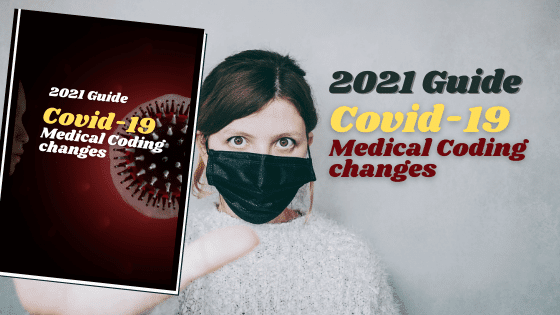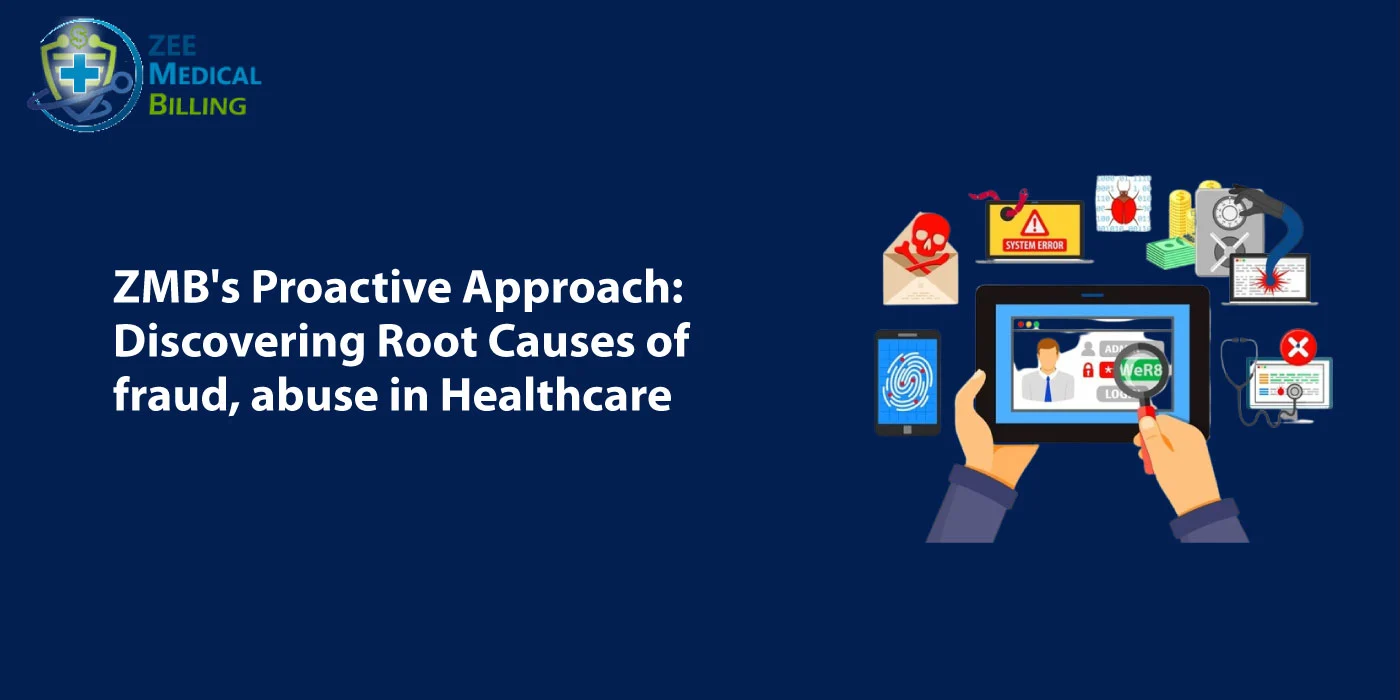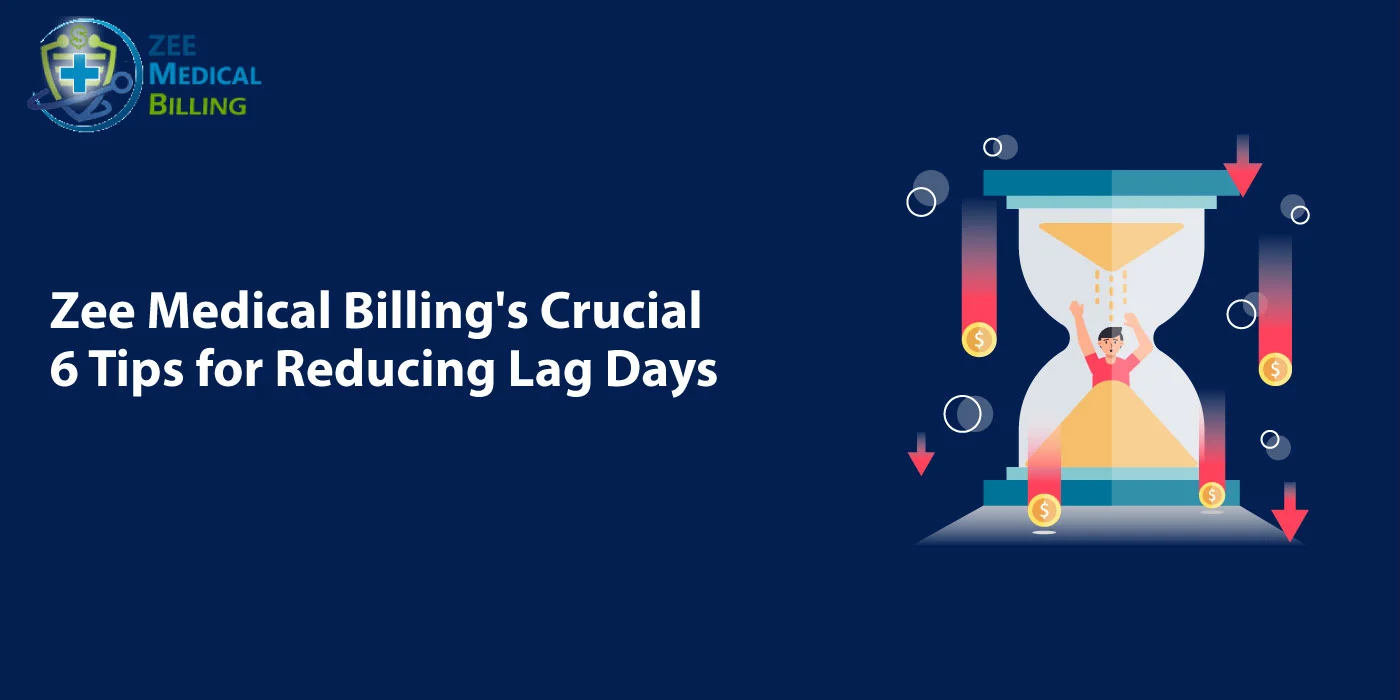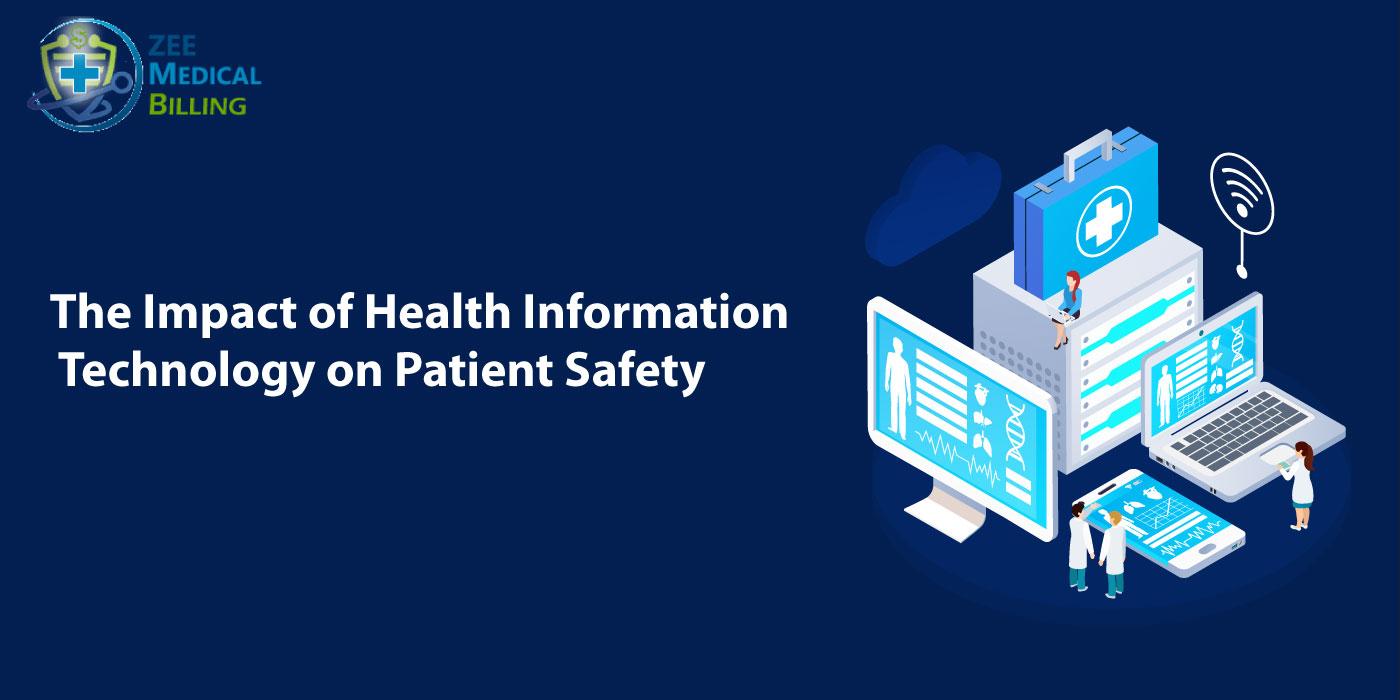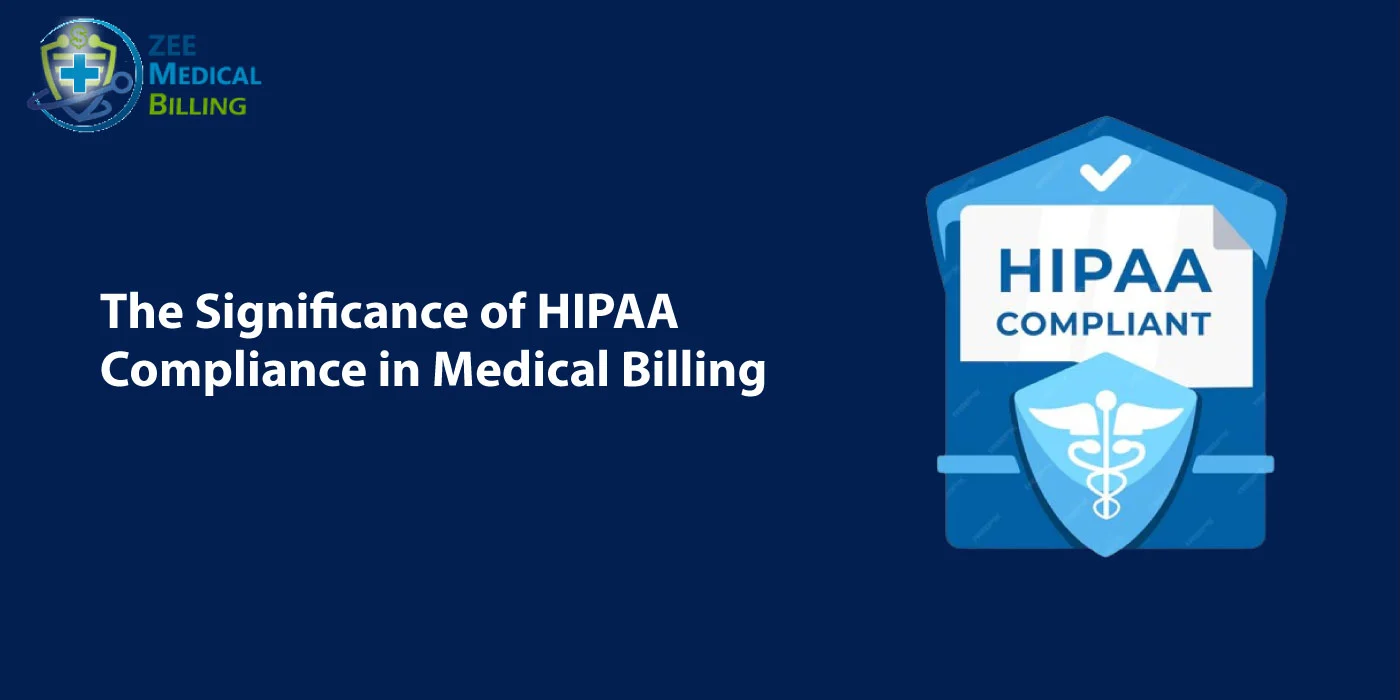We have seen multiple coding changes occur over the past months. As the pandemic continues to surge, we see coding changes that have been Incited by the healthcare response to the pandemic.
With time it is challenging to code COVID-19 for patients, due to variations seen. In 2021, we have new diagnosis codes for COVID-19 patients. They don’t cover all of the patient scenarios for the conditions seen after COVID-19 but it is a beginning.
The new COVID-19 diagnosis code from April 2020, remains U07.1. Under PDGM, the Clinical Group assigned is MMTA- Medication Management, Teaching & Assessment – Respiratory; it is also assigned to the Respiratory-10 comorbidity group.
New 2021 COVID-19 ICD-10 Codes
The new 2021 COVID-19 ICD-10 Codes are:
- Encounter for screening for COVID-19 (Z11.52)
- Contact with and (suspected) exposure to COVID-19 (Z20.822)
- Personal history of COVID-19 (Z86.16)
- Pneumonia due to coronavirus disease 2019 (J12.82)
- Multisystem inflammatory syndrome (MIS) (M35.81)
- Other specified systemic involvement of connective tissue (M35.89)
The New specific respiratory diagnosis
- J12.82 -Pneumonia due to coronavirus disease 2019 / COVID-19 / SARS-CoV-2 follows U07.1 as primary, as coding guidelines state to code COVID first. J12.82 cannot be a primary diagnosis as it states it is ‘due to’ coronavirus.
- Prior to Jan 1, 2021, without this specific code, J12.89 was coded, other viral pneumonia due to COVID-19. Therefore, do not use J12.89 to code PNA due to COVID-19 from Jan 1 forward.
The New Musculoskeletal codes
M35.81 Multisystem inflammatory syndrome
- Other terms are MIS-A, MIS-C, Multisystem inflammatory syndrome in adults, Multisystem inflammatory syndrome in children, Pediatric inflammatory multisystem syndrome, and PIMS
Coding guidelines for M35.81 MIS are to Code first, if applicable, COVID-19 (U07.1). In addition, any related complications are coded, such as:
Acute hepatic failure (K72.0-)
Acute kidney failure (N17.-)
Acute myocarditis (I40.-)
Acute respiratory distress syndrome (J80)
Cardiac arrhythmia (I47-I49.-)
- If COVID-19 is not coded as the primary diagnosis, then the applicable codes of exposure to COVID-19 or SARS-CoV-2 infection (Z20.822), personal history of COVID-19 (Z86.16), or sequelae of COVID-19 (B94.8) would be coded.
The second new Musculoskeletal Code is M35.89 – Other specified systemic involvement of connective tissue. Right now, there are no specific guidelines for the M35.89 diagnosis code. Therefore, the physician documentation will have to assert M35.89- Other specified systemic involvement of connective tissue- as the diagnoses and any additional codes will follow the coding guidelines.
New Z Codes
Z11.52
The first new Z Code Encounter for screening for COVID-19, as the coding guidelines state not to use in a pandemic. Home health will need further guidance after the pandemic to know when this would be used. Z11.52 Encounter for screening for COVID-19 is in the PDGM clinical grouping, but there will need to an explanation to say if this should be used as a primary diagnosis.
Z20.822
The second new Z code is for Contact with and (suspected) exposure to COVID-19 (SARS-CoV-2).
Coding guidelines state that 3 categories would be coded Z20.822:
Asymptomatic individuals with actual or suspected exposure to COVID-19, or symptomatic individuals where the infection has been ruled out, or test results are inconclusive or unknown.
Note: If an individual with a known or suspected exposure to COVID-19, without current COVID-19 infection or history of COVID-19, develops MIS, assign codes M35.81, Multisystem inflammatory syndrome, and Z20.822, Contact with and (suspected) exposure to COVID-19.
Z86.16
The third new Z code is for the Personal history of COVID-19
- There is an Excludes 1 note stating sequelae of infectious and parasitic diseases (B90-B94). Therefore, when there are sequelae of COVID-19, the personal history code would not be coded.
Note: There are no timeframes stated in the coding guidelines for when to assign Z86.16, personal history of COVID rather than active COVID. In addition, there is no timeframe for when to code Sequelae rather than active COVID. Hence, it is critical to follow the physician’s documentation and to query the physician if there is no documentation stating this information.
PDGM – Four of the new COVID-19 codes can be assigned as a primary diagnosis under home health PDGM:
- M35.81- Multisystem inflammatory syndrome – Clinical Group – Musculoskeletal Rehabilitation
- M35.89 – Other specified systemic involvement of connective tissue – Clinical Group – Musculoskeletal Rehabilitation
- Z11.52 – Encounter for screening for COVID-19 – Clinical Group – MMTA Other (not during the pandemic – see notes above)
- Z20.822 – Contact with and (suspected) exposure to COVID-19 – Clinical Group – MMTA Infectious Disease, Neoplasms, and Blood-Forming Diseases
Two new codes were not allocated to a clinical group, so they cannot be assigned as a primary diagnosis:
- J12.82 Pneumonia due to coronavirus disease 2019
- Z86.16 Personal history of COVID-19
J12.82 Pneumonia due to coronavirus disease 2019 is the only new diagnosis that was assigned to a comorbidity group– Respiratory 2.
However, to date, the grouper is not assigning this code as a comorbidity adjustment.
October 2021 Code for Post COVID–19 Condition
As you can see, other codes are still required to account for the ‘long hauler’ symptoms from COVID-19, as these may be going on for years. Many of the symptoms and conditions from COVID-19 are not acceptable diagnoses for PDGM primary diagnoses, so this can leave coders in a dilemma. Assistance is on its way, though not until October 1, 2021, when annual coding changes are effective.
These codes are recently added by The World Health Organization (WHO):
U09 (Post COVID-19 condition) and U09.9 (Post COVID-19 condition, unspecified). If approved, the new code is likely to be implemented for use in the U.S.A. on October 1, 2021.
Probably in October, home health and hospice will have these much-needed codes for the post-COVID-19 situation.
Conclusion
- COVID-19 Codes which began January 1, 2021, give some more specifics to coders. There are remaining questions, of course, if the Post COVID-19 Condition codes are approved one that will be answered in October.
- The physician documentation is key to which codes you should assign. In the absence of this documentation, it is important to ask the physician.
- It is important to stay up to date, to be timely with new and revised COVID codes.
- Remember that follow the coding guidelines and the physician documentation/confirmation is the key.
ZEE Medical Billing is here to guide, with Coding Education as well as Outsourced Coding Services for both Home Health and Hospice. Contact us to find out how we can help you succeed.

